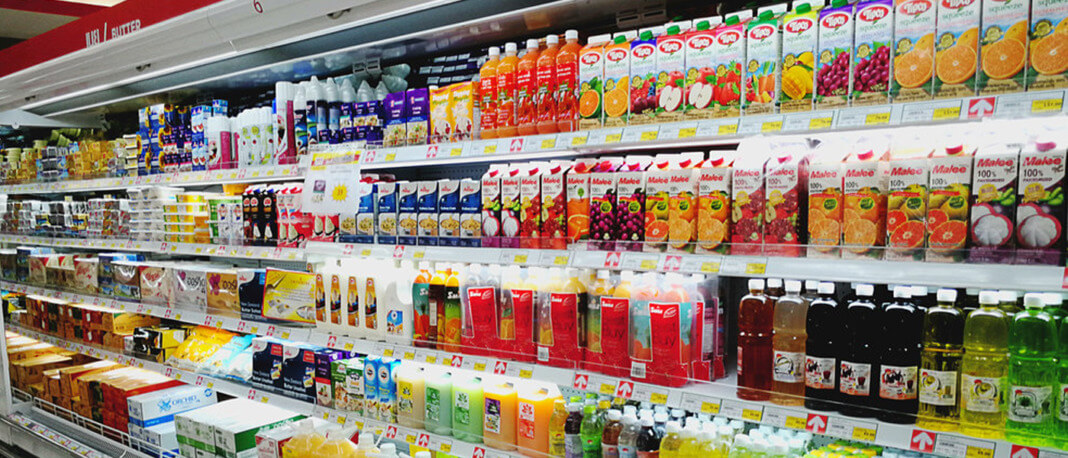Snapchat dynamic ads were available in open beta in the US, and now they will be available globally. According to Ed Couchman, the Snapchat UK general manager, the COVID-19 pandemic has accelerated the rolling out as more and more businesses are now on board with e-commerce.
Snapchat had been beta testing with some UK brands such as Adidas, Farfetch, and Topshop, alongside several partnership agencies with Brainlabs, 4C, and Smartly.io.
What are dynamic ads, anyway?
Dynamic ads are simply a personalized display unit. These types of ads are already available on Facebook and Google. The ads are powered by an uploaded product feed, which allows the ads to display to users based on the criteria that the media buyer decides. In most cases, they are used in retargeting by showing a user a product(s) he/she viewed but did not buy.
Advantages of Snapchat’s dynamic ads
Generally, ads perform well if they look native to a platform they are running. However, this may create more work for the advertisers. Instead of making a version(s) of a video and then run it on every platform, they wind up making amendments and tweaks for each one.
Snapchat provides advertisers with a template that helps them save time and makes the ads look native. They offer five templates.
“We’re excited to beta test Snapchat’s Dynamic Ads in the U.K, Germany, France, and the Netherlands. Within weeks we saw a 52% growth in ROAS (return on advertising spend), and we have subsequently grown our investment,” the Director of Media Aviation, Europe, Rob Seidu said.
How the Snap dynamic ads work
To get the dynamic ads up and running, you need to meet two requirements; product catalog and tracking pixel.
The pixel tracks visits and feed behavior on a website and then sends back the information to Snapchat so that it can recognize the users later on the platform. In order to activate the dynamic ads, the events must match to at least a thousand users.
The thread that helps Snapchat know what products to show is passed through the item_id parameter. It must be present and fed back to Snapchat for view content, page views, purchase actions, and add to cart. Then, the item_id parameter is matched to a product catalog that the brand uploads so that the ad can pull the right photo and pricing.
The product catalogs can be scheduled to upload automatically, or it can be done manually. Once it is connected, the brand can create Product Sets, which can group as well as filter products it wants to be eligible to display. Then, the Product Set will populate, and it can be selected once the ad set is created.
Read more about dynamic ads here.





